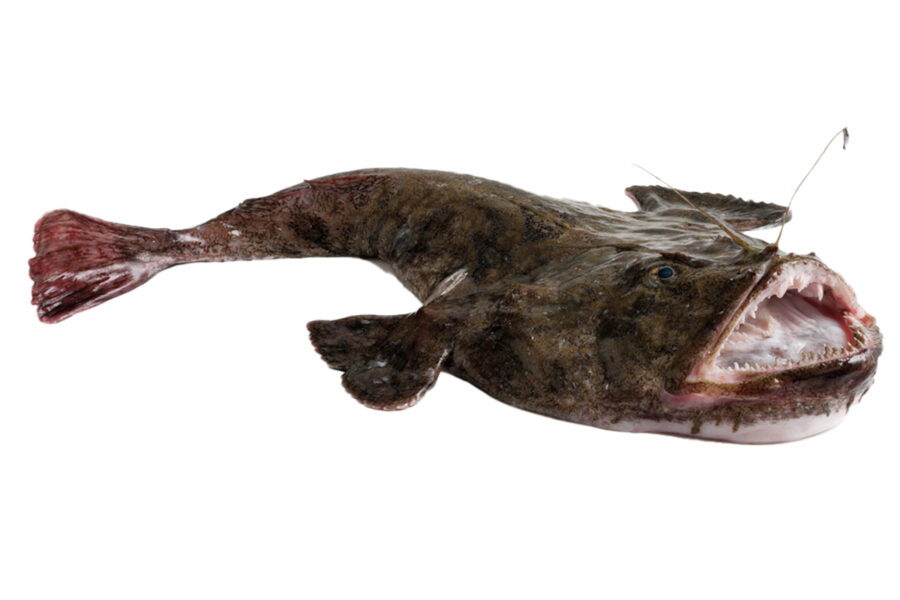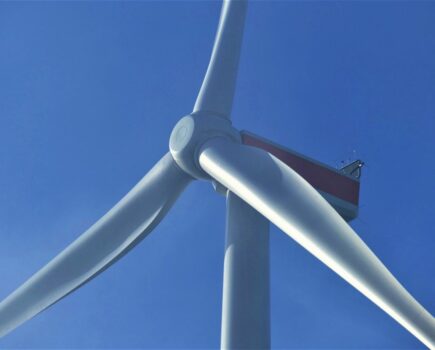The financial viability of Shetland’s fishing fleet is under threat as crews face quota cuts to their most valuable catch, based on advice that scientists have admitted is uncertain, says the Shetland Fishermen’s Association (SFA).
ICES is recommending a 30% cut to monkfish quotas for 2023, which if accepted would mean a reduction of around 70% in monkfish quotas compared to 2019.
However, in their note accompanying the advice, the ICES scientists acknowledge that their assessment is based on incomplete and uncertain information, as stock survey work was hampered by Covid-19 and vessel breakdown.
Monkfish was the most valuable species landed by Shetland’s whitefish fleet in 2021, worth £6m – a fifth of its total income.
ICES has listed monkfish as a ‘data deficient’ stock for several years, leading to a series of precautionary quota cuts in the absence of dependable stock assessments.

The total weight of monkfish landed at Shetland’s fishmarkets and sold through Shetland Seafood Auctions in the first six months of each year from 2008 to 2021 (bars), and the total weight landed in Shetland during those months from 2014 to 2021 (line; MMO data). Note: landings of monkfish in Shetland include landings by both Shetland and non-Shetland boats, and potentially from the North Sea and West of Scotland areas. (Graphic: Shetland UHI)
SFA executive officer Daniel Lawson said: “The fishing fleet simply could not, and would not, land the quantities of monkfish we are seeing on the markets if the stock was in the sort of crisis implied by the ICES quota advice of recent years.
“Shetland crews operate family-owned vessels, and recognise that it is in their interest to protect sustainable fish stocks for the following generation. However, they do not see any justification for an additional 30% cut to North Sea monkfish quotas when the species is evidently in good health.
“ICES alleging that monkfish stocks have decreased, while at the same time casting doubt on the certainty of their own stock assessment, makes it difficult for fishermen to have any faith in that advice – especially when it contrasts so starkly with what crews are finding at sea.”
A new report by the University of the Highlands and Islands, commissioned by the SFA last month (Fishing News, 27 October, ‘SFA drive to improve monkfish data’), which collates and analyses the monkfish catch per unit effort of local vessels, shows that some crews have caught significantly higher catches of monkfish throughout 2022 compared to the same period of the previous year.
No vessels were found to be catching any less monkfish, and vessels have in fact recorded similar catch levels despite reduced fishing effort during 2022.
UHI Shetland’s Dr Ian Napier, who helped to conduct the analysis, concluded that monkfish abundance is at least the same, and certainly no lower, than it was during 2021 – showing no justification for a further 30% cut in quotas.
SFA chairman James Anderson, skipper of whitefish vessel Alison Kay LK 57, said that this new data helped to quantify the anecdotal evidence constantly reported by local crews.
“Shetland’s fleet has had concerns for many years with mismatched quota advice, which causes needless economic harm to an essential part of our island economy, and a mental strain on fishing crews, who are left unable to catch important species despite an obvious abundance of stocks around Shetland.
“Fishermen are willing and ready to help scientists and governments work towards more comprehensive stock assessments and surveys, as evidenced by this new monkfish report.
“The situation we are in as a fishing nation – when our most valuable whitefish species is labelled as ‘data deficient’ and hasn’t been properly assessed by our governments – is a sad indication of resources and priorities.”
This story was taken from the latest issue of Fishing News. For more up-to-date and in-depth reports on the UK and Irish commercial fishing sector, subscribe to Fishing News here or buy the latest single issue for just £3.30 here.








